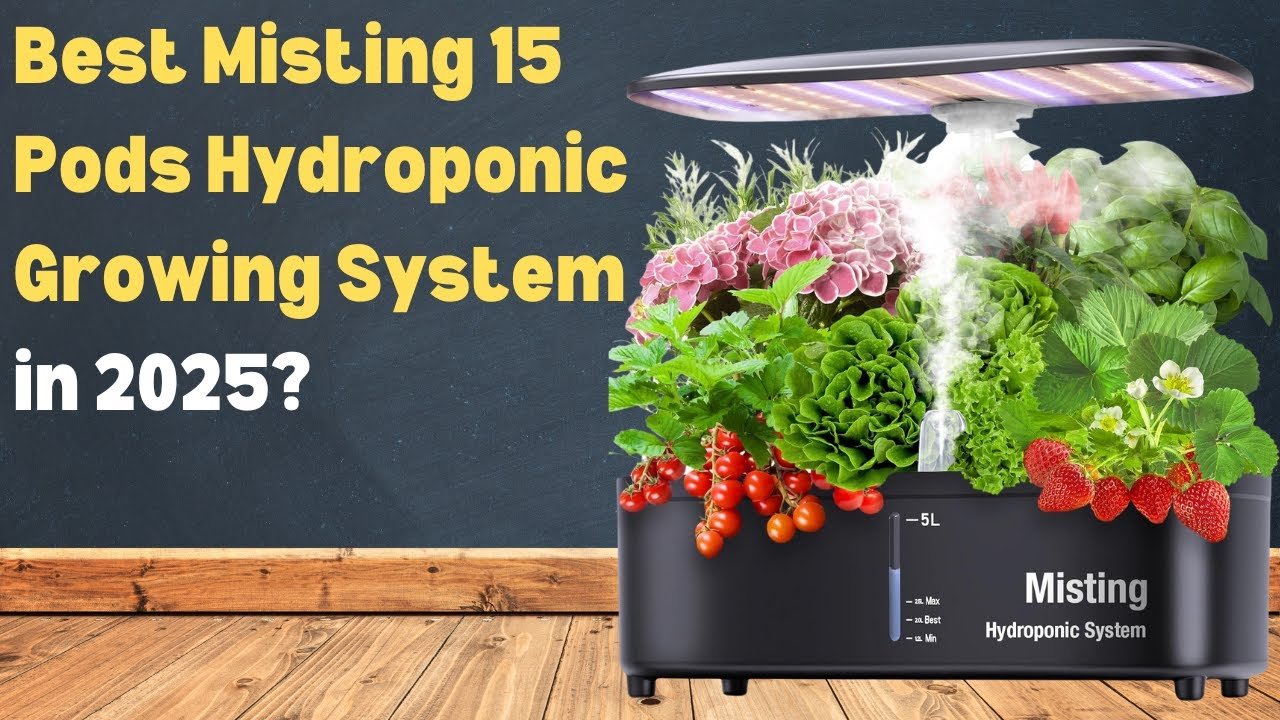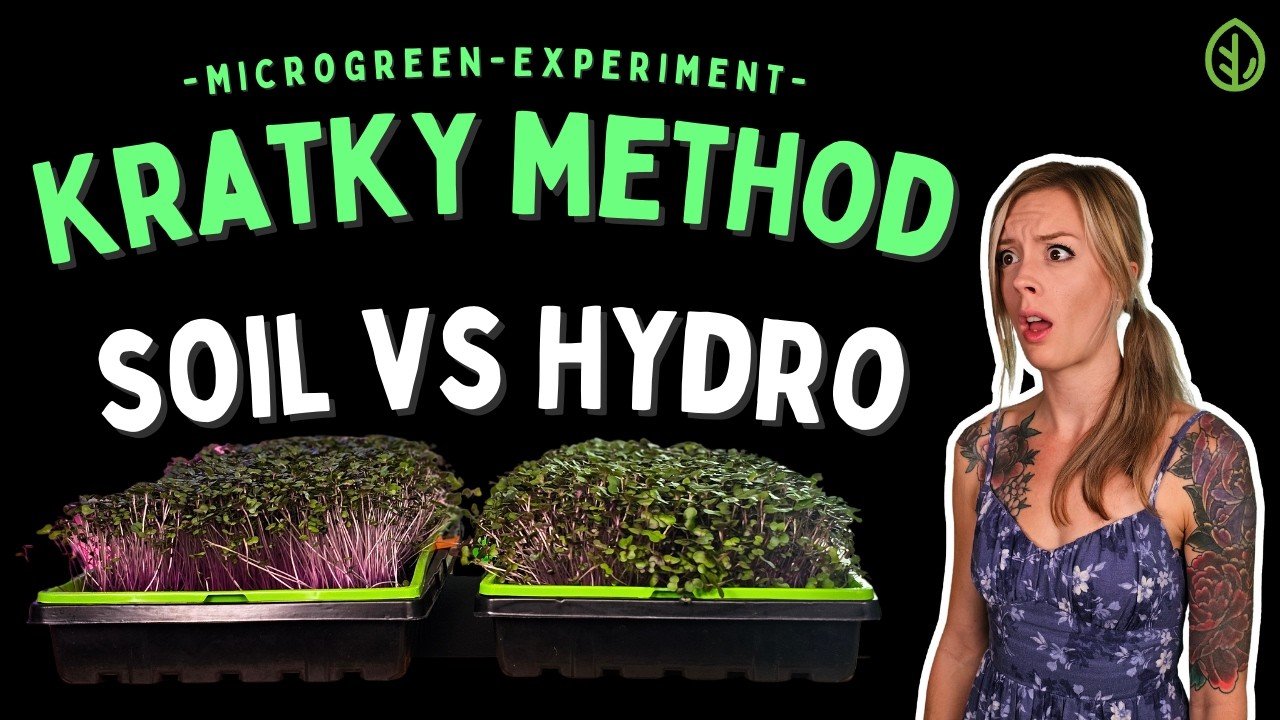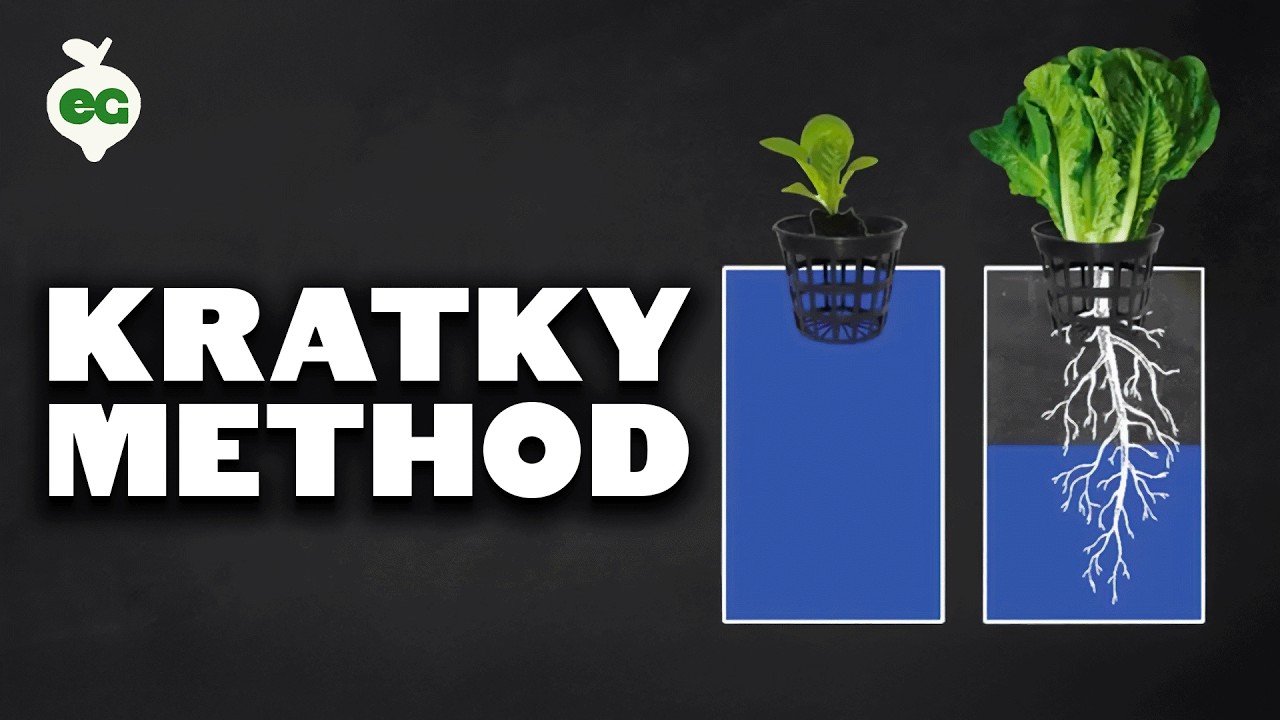The Color of Growing: My Hydroponic Pepper Journey
It was a rainy Tuesday afternoon when the idea hit me like a bolt of lightning. Peppers! I could grow peppers! It seemed like a whimsical adventure to spice up my small-town life, and, lord knows, I’d spent enough time staring at that tattered old shed in my backyard, wishing for some reason to dig around in there. The whole hydroponic thing sounded exotic and just the kind of science-y challenge I was itching for. But if I’d known then what this journey would entail, maybe I would’ve thought twice.
Setting the Scene
Living in a town of maybe a few thousand people means that, when your neighbors know you as the “crazy gardener,” it carries a certain weight. My tiny backyard was adorned with marigolds, basil, and even some rogue zucchini that had taken on a life of its own. But as I stood in the shed, surrounded by rusted tools and a lingering smell of damp wood, my heart raced with the possibilities of a hydroponic setup.
The truth is, I started digging through old pallets, bent nails, and an ancient fish tank I’d kept since college—no idea why I hadn’t tossed it out. That thing had seen better days; it had an algae problem that made it look like the swamp from a horror movie. I figured it’d work just fine for my peppers and perhaps a few fish to keep the whole system going.
Fishy Business
Now, here’s a fun twist: I had read somewhere that tilapia were the go-to fish for beginners, so in my sprawling small-town wisdom, I wandered down to Fred’s Pet Emporium. There, I picked up several fiesty little tilapia. I thought it would be a good choice—hardy, fast-growing, and could potentially add a delightful touch of life to my backyard. Little did I know the sheer amount of drama that would unfold.
That night, feeling like a proud parent, I set up the aquarium filtration system with all the confidence of someone who watches too many DIY YouTube videos. But guess what? I couldn’t get the pump to work! I tried everything, playing with hoses and reading cryptic instructions, feeling like MacGyver without the charm.
After hours spent swearing under my breath, I took a break, sitting on that creaky old swing under my maple tree. I could hear the slight splash of water, and I felt a pang of guilt. Here I was, trying to create this wonderland for those peppers, but I was miserable. After a few deep breaths and probably a good cup of coffee, I figured I just needed to give it some patience.
A Green Mistake
Just when I thought I’d nailed the setup—and let me tell you, it looked cool—reality set in. After a week, the water turned a ghastly shade of green, like something out of a science fiction movie. The stench wafted like forgotten leftovers, and I could only imagine the judgment from my neighbors. I almost gave up, convinced I was destined to have a backyard graveyard of dead plants and fish. But instead of throwing in the towel, I dove back into research, armed with determination and a cup of distinctly weaker coffee.
Turns out, the green was due to an algal bloom, a sign that I was overloading the system. Maybe I should’ve done more reading before diving headfirst into this adventure, but isn’t that part of the fun? Learning the hard way is an education in itself. I pulled up my sleeves—not that they ever stayed clean—and began experimenting with light cycles.
Light’s the Key
Now let’s talk about lights. I had this old desk lamp in the shed, and though it wasn’t fancy, I figured it could make do for my peppers. I propped it up over the system, noting that hydroponic peppers need about 12-16 hours of light each day. The first time I turned it on, the hues of green and red brought a tear to my eye. I was doing it!
Of course, I didn’t understand the importance of adjusting the light height initially. The poor plants looked scorched after a few days. I felt like a proud parent who made their kid stay in the sun too long. But when I finally figured out the right spread, it was as if the plants woke up, reaching for the light as if they were high-fiving me through the leaves.
Small Victories
About four weeks into this messy but rewarding journey, I saw my first flower forming—a delicate little bud on one of my alas, surviving peppers. There it was, proof that I could indeed keep both the fish and plants alive. It wasn’t perfect; I had losses; a few fish had met an untimely demise due to my lack of attention to pH balance. But as my peppers thrived, I began to accept the imperfections. After all, it was never about the flawless growth but the journey itself.
Sure, I encountered setbacks along the way, and it certainly won’t look like those pristine hydroponic farms they show on social media. Instead, it feels more like a beautiful mess—my personal ecosystem carved from old tools, a repurposed fish tank, and way too much coffee.
Final Thoughts
If you’re thinking about doing this, I’d say don’t fret about getting it perfect. Just start. Be prepared to make mistakes, and learn to embrace the lessons that come even from the failures. I’ve grown more than peppers in my little backyard; I’ve grown patience, creativity, and resilience.
So, if you’re itching for your own adventure, join our next session and see how beautiful messes can turn into bountiful harvests! It’s all part of the fun. Reserve your seat!







Leave a Reply